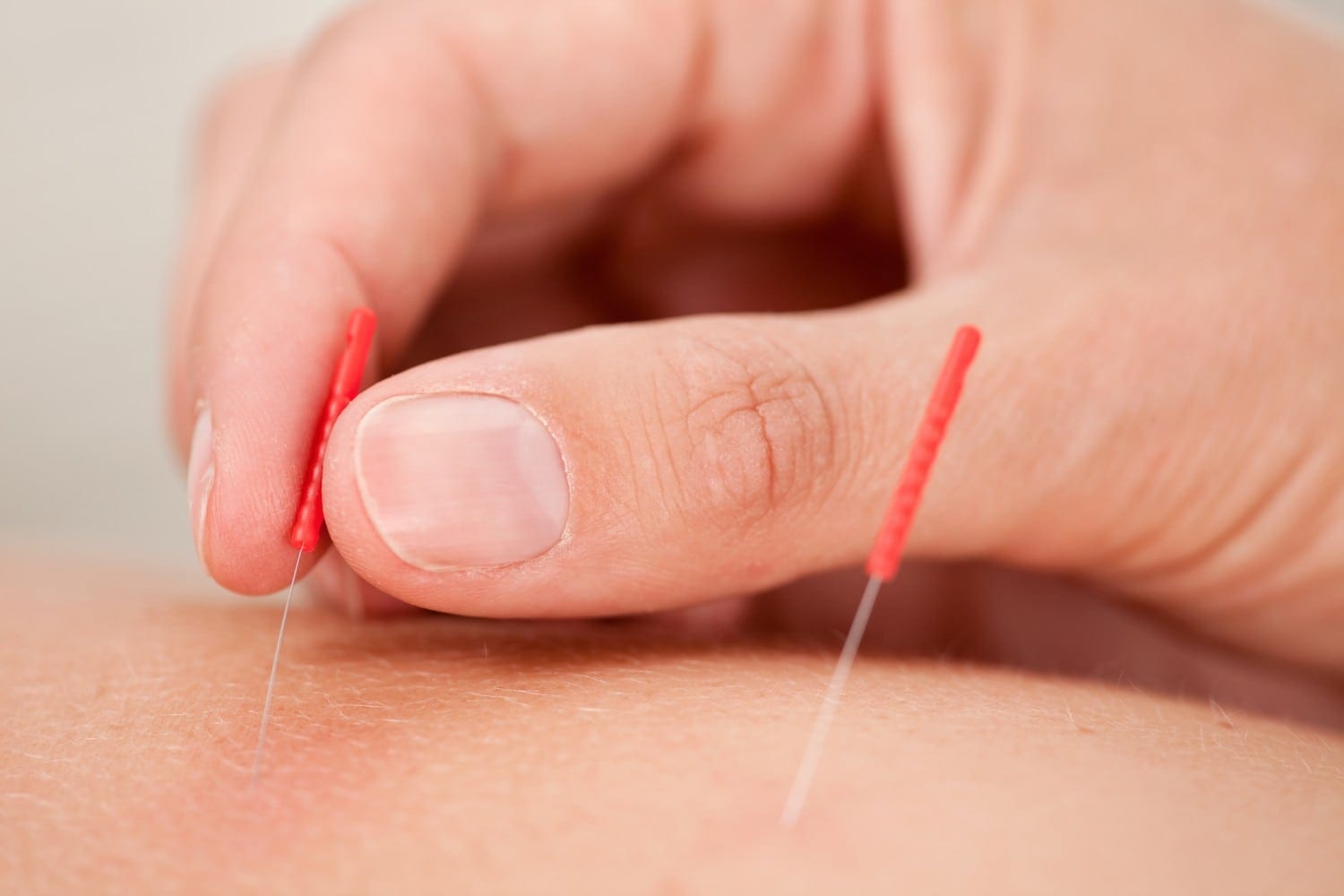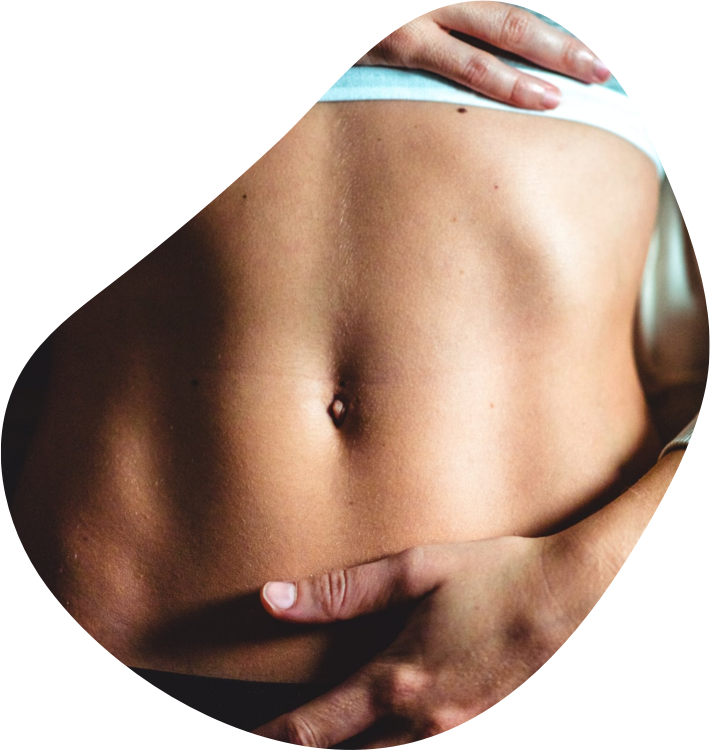Dry Needling specifically treats musculoskeletal pain. A fine, single-use needle is inserted into a dysfunctional muscle with the aim of returning it to its optimal state. Studies have shown there to be a localised increase in blood flow and a release of endorphins as soon as a needle is inserted; both positive reactions to reduce pain and dysfunction.
What is a trigger point?
A trigger point is a contraction in a tight band of muscle which causes pain when palpated or squeezed, in a specific site and/or referring to other areas of the body. Trigger points can cause symptoms such as numbness, tingling, weakness, or lack of normal range of movement.
Dry Needling Vs Acupuncture?
It is important to know that Acupuncture and Dry Needling are two very distinct modalities. Dry needling is based upon the western medicine paradigm.
It is used for soft tissue correction, which involves inserting extremely fine and painless needles into muscle fibres, causing a local twitch response. This, in turn, helps to deactivate and resolve trigger points in the muscle and release constriction. Acupuncture, on the other hand, is based on the principles of traditional Chinese medicine and the stimulation of Qi (pronounce Chi).
Acupuncture diagnoses using complex theories, meaning only a qualified and registered Acupuncturist or Chinese Medicine practitioner can treat with Acupuncture. Many health professionals utilise Dry Needling as a method for the treatment of musculoskeletal pain, including Myotherapists, Physiotherapists, Podiatrists and even some GP’s.
Acupuncture
Acupuncture began in China more than 2000 years ago and has been a major part of their health care system ever since. It involves fine, single-use needles being inserted into very specific points along the body’s meridians which are found on every corner of the body including the hands, feet, and head. The individual points have a specific function and are chosen depending on the condition being treated.
Acupuncture helps conditions based on symptoms using ancient Chinese theories. These theories aim to achieve wellness and to restore balance throughout the body.
The techniques are gentle and the practitioner spends quality time with the client to ensure a positive experience occurs.



